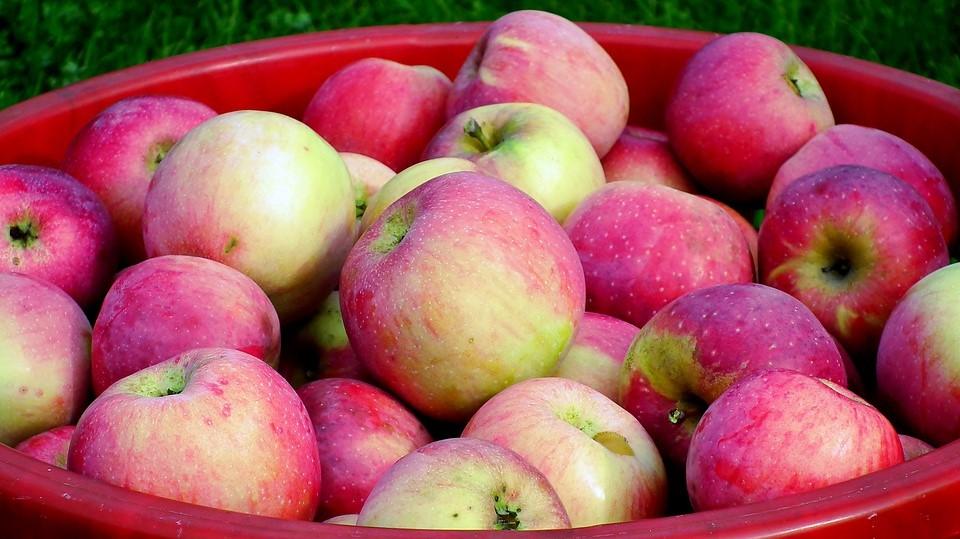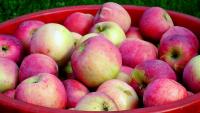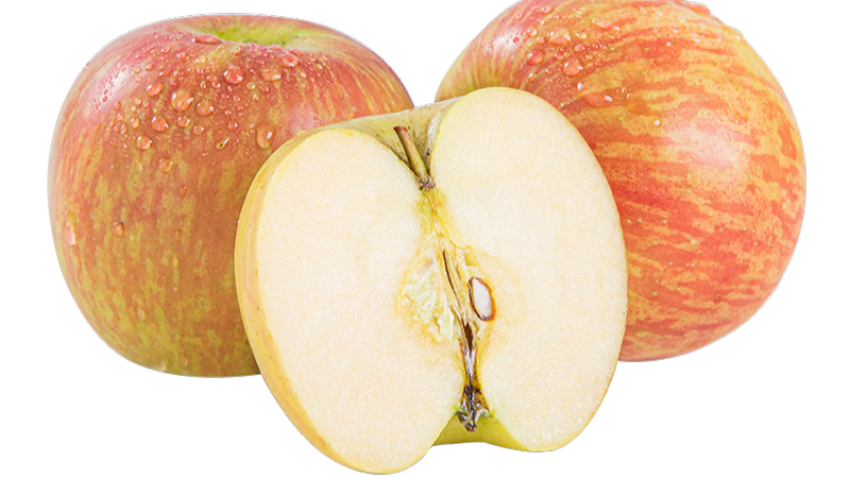You are here
Back to topLarge Domestic Apple Volumes Enter Warehouses in China, Prices Fall

Domestic apple prices in China have once again fallen in recent weeks. Late-harvest Fuji apples from Shandong province have been hitting the market in ever-increasing volumes and purchase prices have been showing significant fluctuations, leading to an inversion in production costs and sales prices in apple-producing regions. Buyers have gradually been settling for more reasonable prices, while fruit growers have also eased off on their asking prices. Apples harvested after the Shuangjiang solar term in the traditional Chinese calendar (meaning “frost descends” and lasting from Oct. 23 to Nov. 6) have a shorter shelf life than those harvested earlier in the year, and in previous years prices have tended to drop to some extent for apples harvested after this period.
In the apple-growing region of Shandong’s Xixia County, there was a clear decline in quality across the entire apple supply after the Shuangjiang solar term, with the number of buyers in the field also decreasing. Continuing demand for apples has originated mainly from merchants replenishing warehouse inventory, and stock has been shifting slowly. Prices have dropped by approximately 0.5 Chinese yuan per kilogram, with prices for size 80 grade 1–2 all-red apples sitting at around 5.6 yuan per kilogram as of Nov. 6, while size 80 grade 1–2 striped apples were selling for 6–6.5 yuan per kilogram.
Trading is also coming to a close in the Luochan County growing region of Shaanxi province, with the remaining stock all being low-quality apples with hail damage. Prices are largely hovering at around 5 yuan per kilogram, and the tail end of the season’s stock is being delivered to warehouses. In the Jingning County growing region of Gansu province, business has more or less wrapped up for the season, with fruit growers showing reluctance to sell the remaining stock owing to low prices and slowly shifting stock. Some growers have been putting their apples into storage, and market prices have been somewhat weak. As of Nov. 6, prices for mainstream good-quality size 70 apples were starting at 7.6–9.6 yuan per kilogram, while hail-damaged stock was selling for 3.6–6 yuan per kilogram.
In the few days following China’s National Day holiday on Oct. 1, the increasing prices of available apple stock and the ever-higher price of new apples were initially mainly attributable to the fact that neither apple output nor quality were as high as expected in growing regions such as Gansu. Consequently, many apple buyers moved on from Gansu to other areas such as Shaanxi but were not satisfied with prices there, so subsequently turned to Shandong, Yantai and other major apple-producing regions. Thus, this year’s reduced apple output created a market expectation for surging prices, which bore out as anticipated, resulting in climbing Yantai apple prices and overall high domestic prices for new apples at the beginning of the trading season.
At the beginning of October the market was generally optimistic about apple prices owing to the drop in proportion of high-quality fruit and the reduced apple output in regions such as Shaanxi and Gansu. In addition, garlic, ginger and pears hitting the market, plus the increased demand from supermarkets and for direct sales, all became factors in rising apple prices at the start of the season. However, not long afterwards, as large volumes of apples from Shandong and Yantai entered the market, market insiders quickly discovered that buying and storing apples in large volumes was a fairly risky venture, as sales volumes on the whole were not very vigorous — plus, production volumes in Yantai were looking set to rise. Following this, apple merchants and cold storage supervisors took the initiative and began cautiously purchasing fruit, followed by proactive sales on the part of apple growers. Some merchants and large apple producers who had originally had an optimistic outlook on the prospects of the late-season market changed their attitude, especially as it is not beneficial for apples to stay on the tree for too long after the Shuangjiang solar term. Hence, around the time that Shuangjiang was approaching, China’s major apple-producing regions experienced significant price drops, especially the Yantai market. Size 80 apples from the Yantai region had reportedly dropped from 6.4 yuan per kilogram back down to approximately 5.6 yuan per kilogram as of Nov. 6.
With apples being China’s largest fruit crop in terms of seasonal output and yearly sales, the warehouse volume and compositional makeup of storage during the purchasing season have a crucial influence on late-season sales. With the way storage is divided between buyers and fruit growers, buyers are better placed to weather risk. If fruit growers have comparatively more stock in storage, then they have less bargaining power later in the season; on the other hand, if buyers have a greater proportion of storage, they have more control over prices later in the season. Preliminary forecasts estimate that for the 2020 harvest season, the total volume of apples to enter cold storage nationwide may reach 9.5 to 11 million tons, eclipsing earlier predictions of 8.5 million tons. This year’s nationwide apple reserves will be a close second or equal to last year’s volume, which came in at just over 10.5 million tons.
However, this year’s purchase prices are generally higher than last year’s, and buying merchants are holding more stock, with high prices suppressing demand. Judging by the current situation, it is unlikely that consumption will return to normal levels seen in previous years prior to Chinese New Year. In addition, the purchase prices for citrus have been relatively low, making citrus fruits a substitute for apples and exerting a significant impact on apple sales. It is likely that the majority of sales moving forward will be of low-priced fruit, with slow sales for high-quality fruit until the new year. Price differences in apple-producing regions will likely return to normal, and apple prices may well continue their downward trajectory.
Image: Pixabay
This article was translated from Chinese. Read the original article.













Add new comment